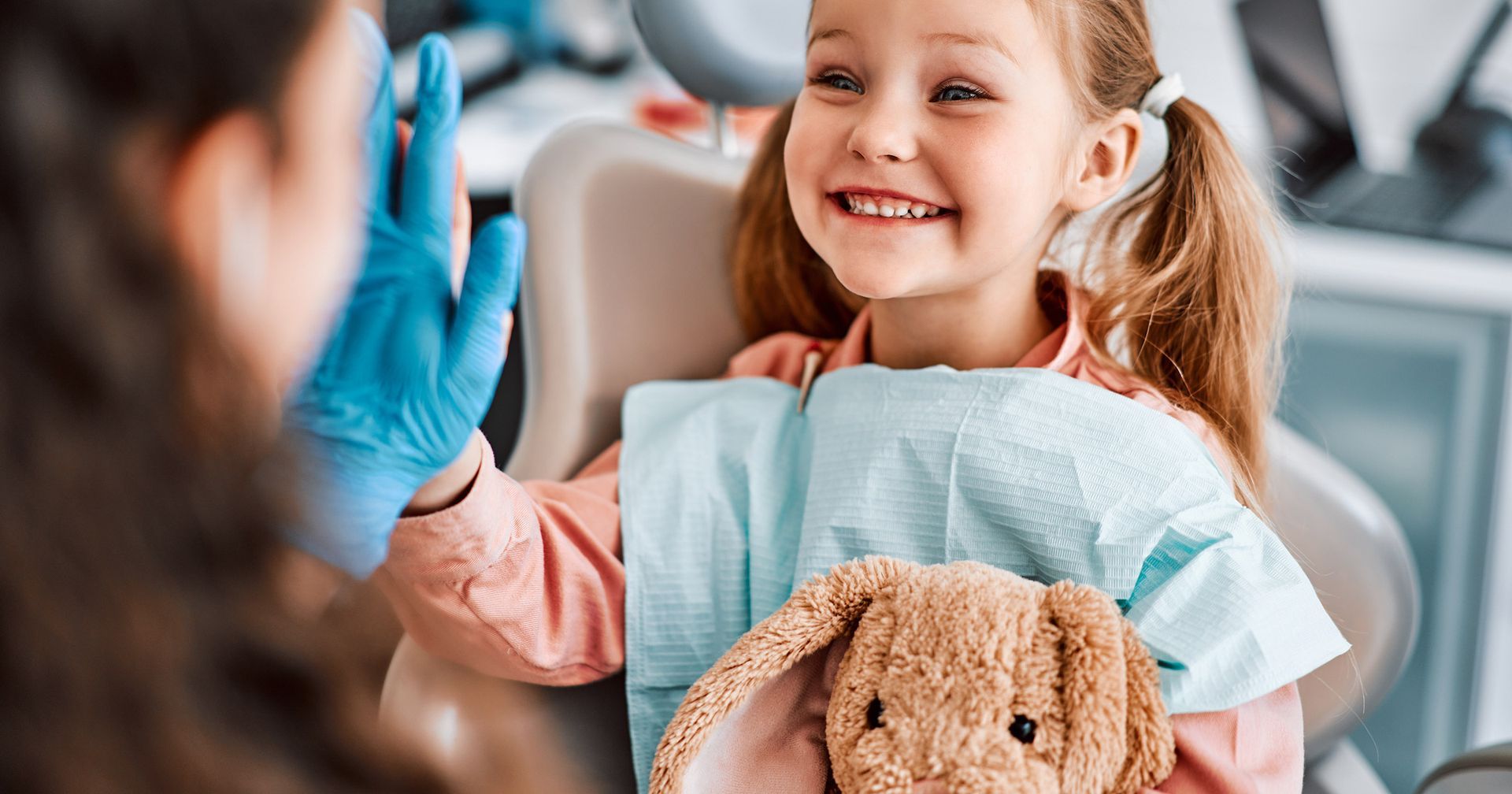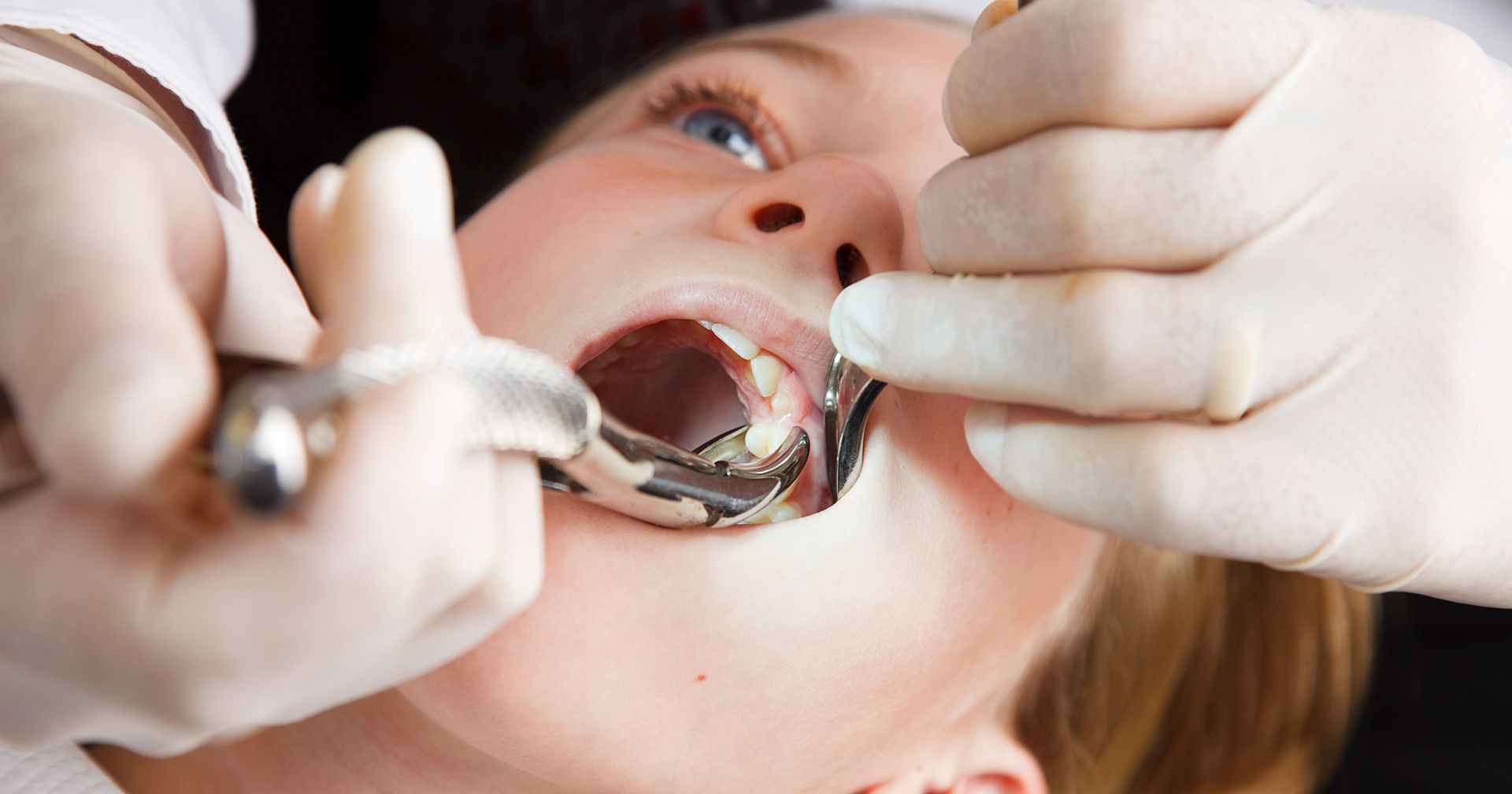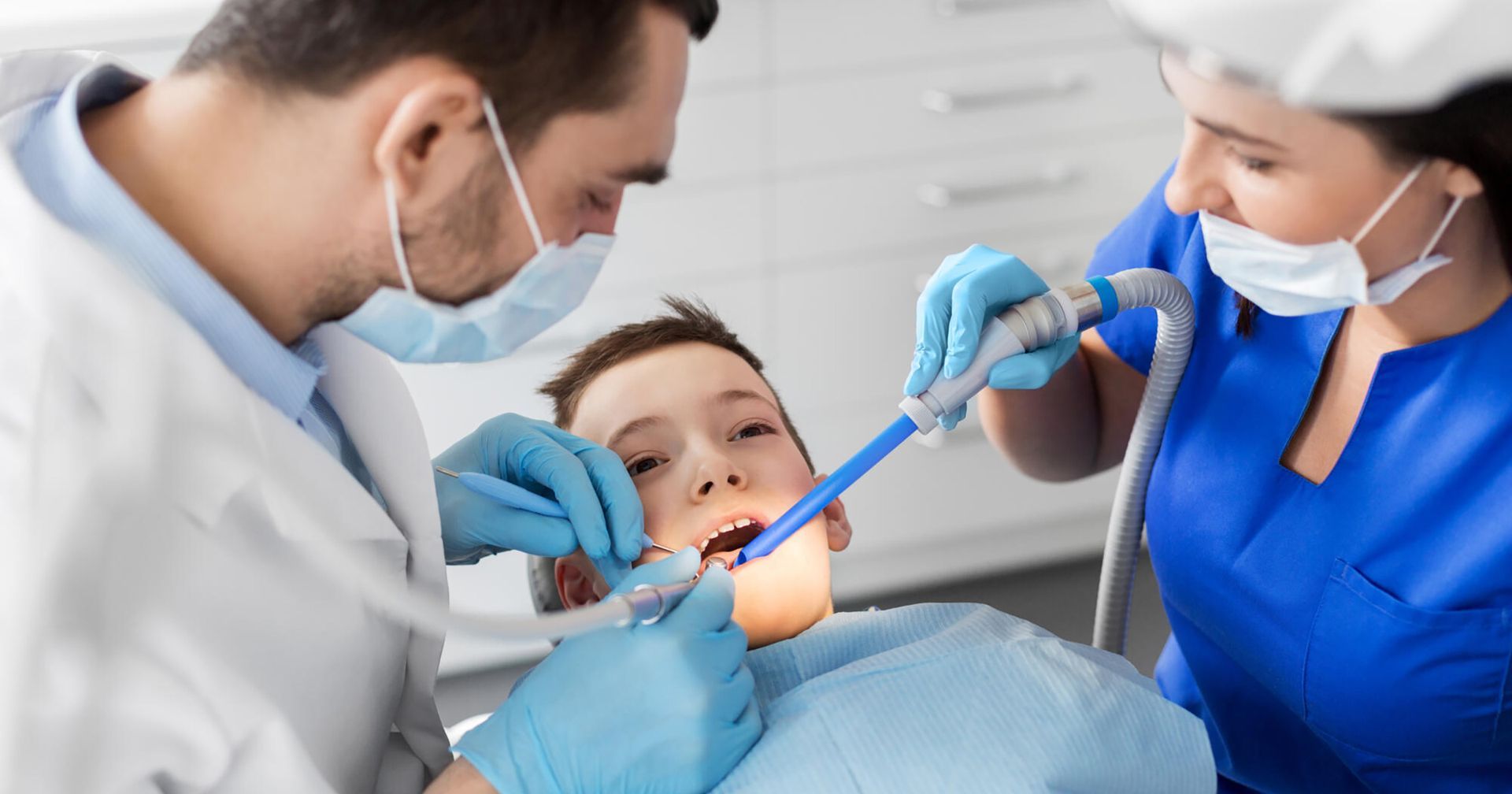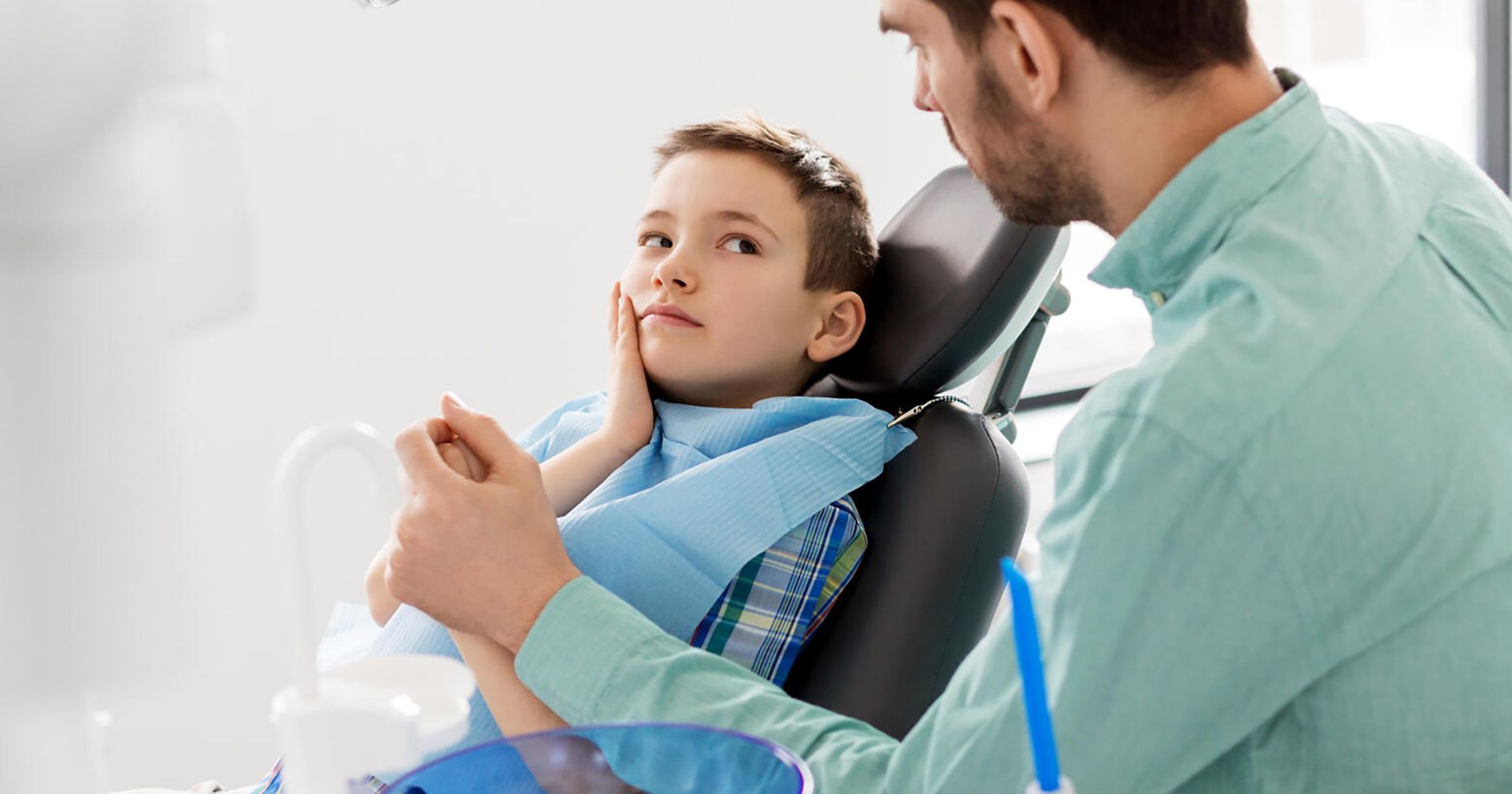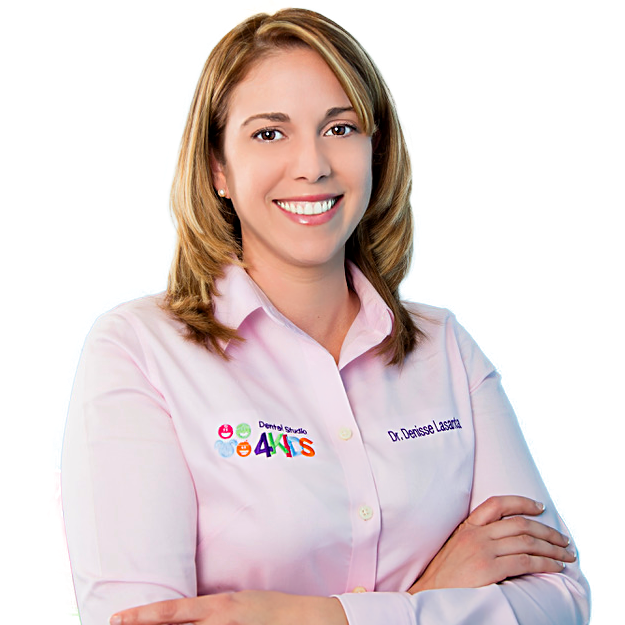7 Reasons for Orthodontic Treatment: How Orthodontics Can Help You
Why do people have orthodontic procedures done? Learn about the many different reasons for orthodontic treatment here and find out how it can help you.
Braces are not a modern-day concept. Their roots can be traced back to 400BC when Hippocrates and Aristotle discovered they could be used to fix and straighten teeth.
Do you find yourself hiding your smile? Is your bite misaligned and causing problems? Whatever the reason, you don't have to suffer from bad teeth.
We've come a long way from the days of Aristotle. From metal braces to Invisalign, meaning using a series of clear, removable teeth aligners , there are ways to get the smile you desire and correct your dental issues.
Do you or your child need your teeth fixed for orthodontic reasons? Keep reading to learn about the many different reasons for orthodontic treatment here and find out how it can help.
What is Orthodontic Treatment?
What are the Reasons for Orthodontic Treatment?
Are you suffering from some of the symptoms mentioned above? Let's look closely at some of the symptoms orthodontics can treat.
1. Crowded Teeth
It is very common to have too many teeth for the size of your mouth. Overlapping teeth don't just look bad, but can lead to cavities. It's more difficult to get the teeth clean when they are crowded.
2. Overbite, Underbite, Open Bite, Crossbite
If your bite is not quite right, this can lead to gum tissue damage as well as damage to your teeth. Which type of bite issue do you have?
- Overbite is when your bottom teeth disappear when you bite down.
- An underbite is when your bottom teeth overlap your top teeth.
- An open bite is when there's a gap between your upper and lower teeth.
- A crossbite is when at least one of the upper teeth doesn't come down in front of the bottom tooth.
Any and all bite issues can be corrected with orthodontic treatment and should be for good dental health.
3. Correct Effects of Thumb or Finger Sucking
Thumb or finger sucking that goes on for longer than the baby stage causes misalignment problems and keeps teeth from moving into their proper position.
4. Help Teeth Come in the Right Position
From x-rays, the dentist can tell if the teeth are going to erupt in the right or wrong position. Early orthodontic treatment can be used to guide the teeth to where they are supposed to be.
5. Close Gaps
Opposite of overcrowding, is having gaps in your teeth. This can occur if you've lost a tooth or your teeth are small compared to the size of your mouth. Correcting spacing is more than a cosmetic issue. Spaces can cause food to get stuck between the teeth.
6. Prevent Tooth Decay
Keeping your teeth clean is how you promote good dental health. If your teeth are not in the proper position, it is more difficult to brush the areas that are hard to reach. This can lead to premature tooth decay and cavities.
7. Correct Jaw Issues
Does your jaw ache and cause headaches? A misaligned bite leads to several problems like muscle spasms, headaches, lockjaw, tiredness, and even sinus pain. Braces are not just for making you look better.
Devices Used for Orthodontic Treatment
Do you want to realign your teeth and improve your smile? There are various types of devices used in orthodontics. They can be fixed or removable.
Fixed Appliances
Fixed devices are most common in orthodontic practice. The patient is able to eat normally in fixed devices while avoiding sugary drinks, hard candy, popcorn, gum, and anything sticky.
1. Braces
Traditional braces consist of brackets, bands, and wires. They are fixed on the teeth and the wire passes through in the shape of an arch.
Follow-up appointments tighten up the wire to move the teeth gradually to where they need to be.
2. Spacers
Spacers are used to hold the place where a baby tooth fell out but the adult tooth has not yet erupted. Sometimes spacers are used to separate the teeth a bit before the braces are installed.
3. Special Appliances
When thumb sucking or tongue thrusting is a problem, there are special appliances to help control those issues.
Removable Devices
Removable appliances are usually used to treat more minor problems.
1. Head Gear
This device attaches to braces and a strap goes around the head. Its purpose is to slow down growth of the upper jaw. It keeps the back teeth in position and pulls back the front teeth.
2. Retainer
After treatment, a retainer is custom-made to keep the teeth from moving out of position. The patient wears it around the clock for a period of time and then only while sleeping.
3. Aligners
A clear tray is used to align the teeth. It is removed to eat, brush, and floss. The trays are changed every 2-3 weeks and updated with a tighter tray to gradually move the teeth.
4. Palate Expander
Maybe your teeth are slightly overcrowded and you don't need the full set of braces. A palate expander can be used to do just what the name says.
Who is a Candidate?
While we see a lot of kids and teens walking around in braces, orthodontics can be effective for anyone with malocclusion or a variation in the position of the teeth.
Maybe you never had your malocclusion fixed when you were young. Maybe you did, but things have shifted or it wasn't done correctly. Whatever the reason, adults and children around 12-13 years old can benefit from orthodontic treatment.
Getting Started
A dentist is the one to recommend orthodontics. When you have your first consultation, the process is explained.
It starts with x-rays and photos of your teeth. If spacers are necessary, those are installed. The next step is a mold or impression of your teeth.
The next appointment involves putting the braces on your teeth. Your mouth is kept dry so the bonding material will adhere to the teeth. This holds your braces in place.
Orthodontic Treatment
Now that you know the reasons for orthodontic treatment, who will you trust for orthodontic braces for your kids?
We at Dental Studio 4 Kids assess each patient individually and design a comprehensive orthodontic treatment plan with care and execute each plan with excellence. We get the best results in the shortest amount of time.
Contact us today to learn the services we provide. We offer a full range of dental care services for your baby and early orthodontic treatment up through the teen years.

